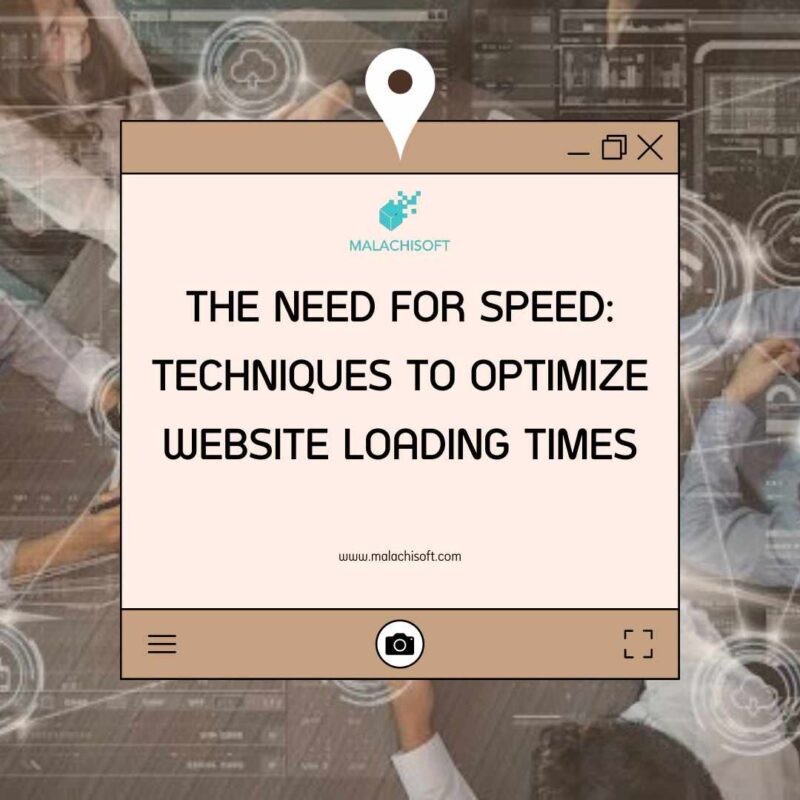Introduction:
In today’s digital landscape, website speed is not just a convenience; it’s a necessity. Users expect websites to load quickly, and search engines favor fast-loading sites in their rankings. Slow-loading websites can lead to high bounce rates and negatively impact user experience. In this blog, we’ll explore essential techniques and strategies to optimize website speed, ensuring faster loading times and improved user satisfaction.
Understanding the Importance of Website Speed
Website speed directly influences user experience, conversion rates, and search engine rankings. Discuss how slow-loading websites can deter users and impact business outcomes. Highlight statistics and studies emphasizing the significance of website speed in today’s online environment.
Tools for Measuring Website Speed
Introduce various tools like Google Page Speed Insights, GTmetrix, or Pingdom Tools that help analyze website performance. Explain how these tools provide insights into current speed metrics, such as load times, page sizes, and opportunities for improvement.
Optimization Techniques for Faster Loading Times
- Optimize Images: Discuss the importance of image optimization through compression, resizing, and choosing the right file formats without compromising quality.
- Minimize HTTP Requests: Explain techniques such as reducing unnecessary elements, combining files, and utilizing CSS sprites to minimize the number of HTTP requests.
- Browser Caching: Detail how browser caching can significantly improve loading times by storing website files locally on a user’s device.
- Minify CSS, JavaScript, and HTML: Explain how removing unnecessary characters and spaces in code files reduces file sizes and speeds up loading.
- Content Delivery Network (CDN): Discuss the benefits of using a CDN to distribute website content across servers globally, reducing server load and improving loading times for users worldwide.
- Optimize Server Response Time: Highlight the importance of server performance, efficient coding, and using reliable hosting services for faster server responses.
- Enable GZIP Compression: Explain how enabling GZIP compression reduces file sizes transferred between the server and the browser.
Testing and Iteration
Emphasize the importance of continuous testing and optimization. Encourage readers to implement changes and use tools to re-assess website speed regularly. Discuss how ongoing improvements can have a lasting impact on user experience and overall website performance.
Conclusion: Speeding Toward Success
Optimizing website speed isn’t just a technical task; it’s a crucial aspect of delivering a superior user experience. By implementing the discussed techniques and strategies, website owners can significantly enhance loading times, retain visitors, improve conversions, and bolster their online presence. Emphasize the importance of prioritizing website speed as an integral part of maintaining a successful online presence.
